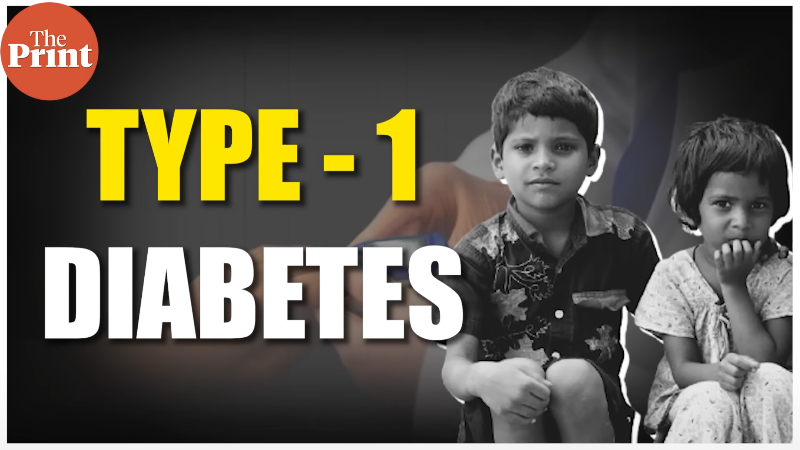by Elana Gotkine
Follow-up has improved for patients with acute myocardial infarction (AMI) and heart failure, but disparities persist in follow-up rates, according to a study published online Aug. 6 in the Annals of Internal Medicine.
Timothy S. Anderson, M.D., from the University of Pittsburgh, and colleagues describe trends and disparities in follow-up after AMI and heart failure hospitalizations in a retrospective cohort study. Data were included for 1,678,088 AMI and 4,245,665 heart failure hospitalizations.
The researchers found that from 2010 to 2019, there was an increase in the cardiology follow-up rate, from 48.3 to 61.4 percent for AMI hospitalizations and from 35.2 to 48.3 percent for heart failure hospitalizations.
Follow-up rates increased for all subgroups for both conditions, but there was a worsening of disparities seen for Hispanic patients with AMI and for heart failure patients who were Asian, Black, Hispanic, Medicaid dual-eligible, and residents of counties with higher levels of social deprivation.
The largest disparities by 2019 were between Black and White patients (51.9 versus 59.8 percent for AMI; 39.8 versus 48.7 percent for heart failure) and for Medicaid dual-eligible versus non-dual-eligible patients (AMI: 52.8 versus 60.4 percent; heart failure: 39.7 versus 49.4 percent). Differences between hospitals explained 7.3 and 7.7 percentage points of the variation in follow-up for AMI and heart failure, respectively.
"These findings indicate opportunities and challenges to equitably improving postdischarge care for all patients with AMI or heart failure," the authors write.
More information: Timothy S. Anderson et al, Trends and Disparities in Ambulatory Follow-Up After Cardiovascular Hospitalizations, Annals of Internal Medicine (2024). DOI: 10.7326/M23-3475
Journal information: Annals of Internal Medicine
Copyright © 2024 HealthDay. All rights reserved.







Post comments